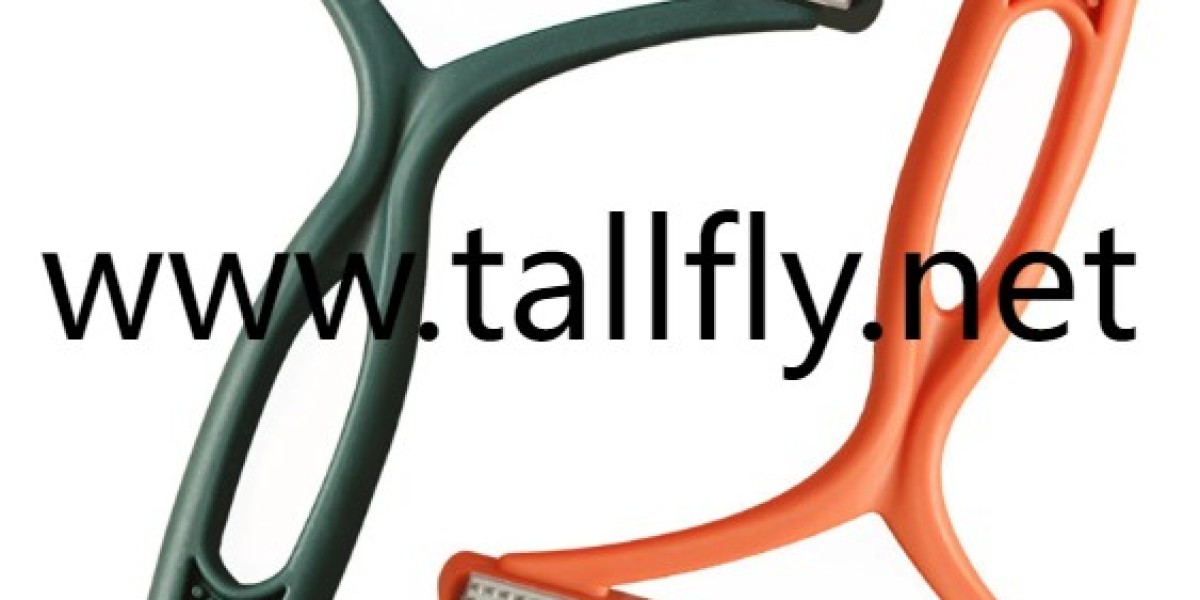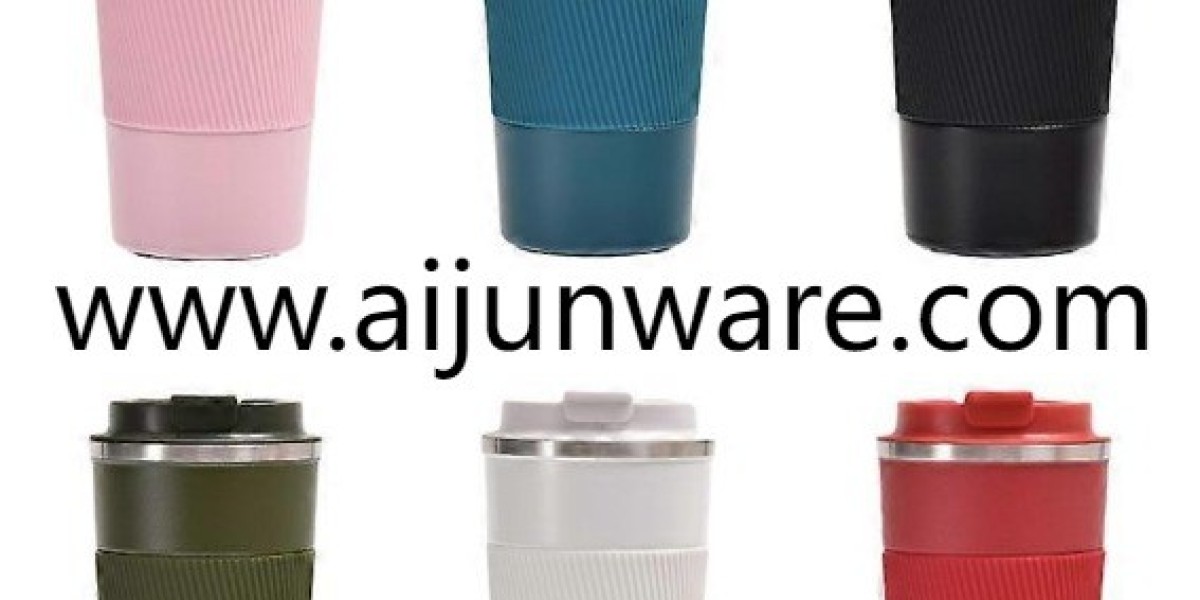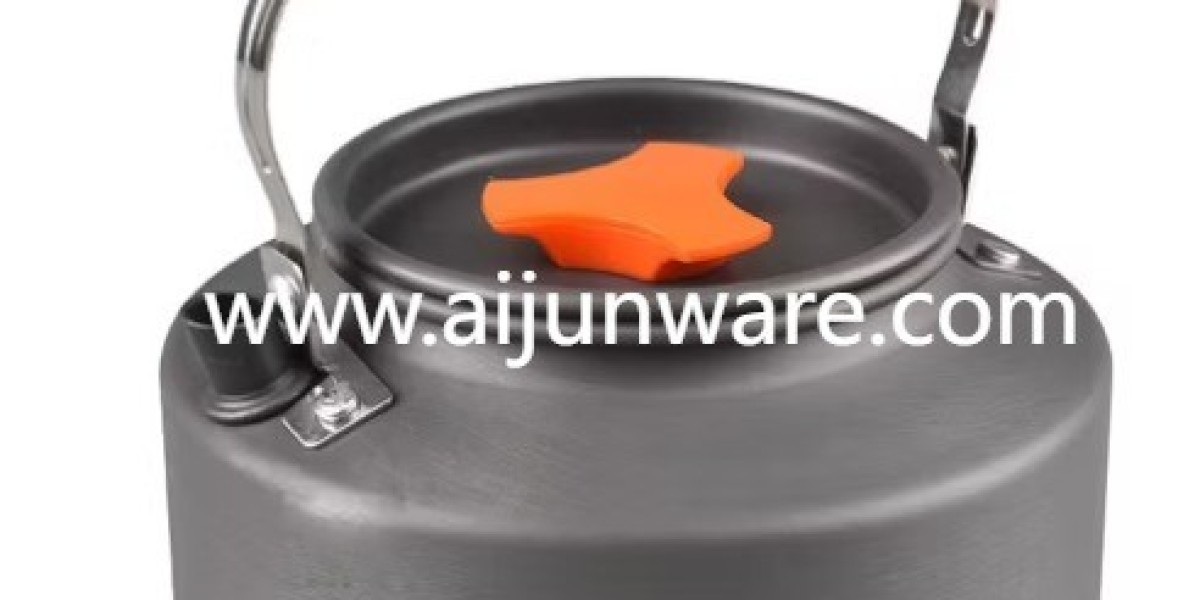Product safety and longevity are top of mind for pet owners and retailers, and when procurement teams evaluate suppliers a Pet Hair Remover Comb Manufacturer often stands out by documenting how materials, finishing, and testing come together to protect animals and buyers. Ensuring a comb is safe to use on sensitive skin while resisting wear from repeated passes requires coordinated choices across design chemistry, factory practice, and after sale support.
Material selection is the first line of defense. Manufacturers choose polymers and metal alloys that resist corrosion and retain smooth edges after routine cleaning. Tooth tips are carefully rounded and polished so they glide through fur rather than catching and pulling. Suppliers that work with reputable raw material partners also examine how each compound responds to cleaning agents and repeated flexing. A durable material that degrades into rough edges would be unsafe, so longevity and surface stability are part of the initial spec.
Design for humane action matters too. Tooth spacing and taper influence how a comb interacts with different coat types; a single geometry will not suit every animal. Prototyping stages include trials across representative coat samples so developers can tune spacing and profile to remove loose hair without scraping skin. Ergonomics also get attention. Handles shaped for steady control reduce accidental jerks that could stress an animal and place unnecessary loads on the tool itself.
Testing protocols turn these intentions into measurable outcomes. Simulated wear tests model repeated combing motions to reveal weak spots long before a product reaches a shelf. Surface abrasion trials assess how finishes behave after cleaning and exposure to common grooming products. Impact and drop tests check mechanical joins and fastenings. When a manufacturer publishes testing results or provides trade partners with clear acceptance criteria it builds trust that the comb will perform as described in everyday home and salon conditions.
Factory process controls keep variability under control. Consistent molding pressures, precise cooling profiles, and well maintained tooling reduce tooth deformation and finish irregularities. Inline inspection catches anomalies early, and final checks ensure teeth remain smooth and handles are secure. Training assembly and quality teams to spot faint roughness and minor burrs prevents small defects from becoming safety issues. Traceability systems that tie batches to raw material lots allow rapid investigation if an unusual failure pattern emerges.
Hygiene and chemical safety receive special attention. Combs encounter oils dirt and occasional topical products. Manufacturers select materials and coatings that withstand routine cleaning without releasing harmful residues. They also include clear care instructions so owners know how to clean and dry tools safely. Good guidance avoids practices that might shorten tool life or roughen a surface, such as abrasive cleaners or dishwasher cycles that a comb was not designed to endure.
Supply chain resilience affects safety indirectly. When parts or raw materials shift between vendors, finish quality can vary. Suppliers that secure stable partners and document changes reduce the risk of unexpected material behavior. Open communication with trade customers about substitutions or reformulations preserves retailer confidence and allows product pages to reflect reality rather than idealized specifications.
User testing closes the loop between engineering and real world use. Trials with groomers and a range of pet owners provide feedback on handling, pressure, and perceived comfort by animals. Those insights often drive small but meaningful changes in tooth radius or handle contour that yield safer daily experience. Listening to professionals who use a tool for many hours a day highlights fatigue factors that lab tests might miss.
After sale support reinforces safety and longevity. Clear maintenance instructions replacement part availability and simple warranties help owners care for tools and address unexpected issues without discarding a product. A responsive supplier that explains how to inspect for wear and when to retire a comb helps reduce misuse and potential harm. Retailers appreciate partners who back claims with approachable service and quick supply of replacement parts when needed.
Regulatory and voluntary certification can strengthen trust. Third party verification of material claims and compliance with relevant product safety norms give buyers assurance that a comb meets recognized benchmarks. Documentation that shows testing methods and results helps retailers create accurate listings and supports consumer inquiries with factual responses.
Tallfly's approach to product development reflects many of these practices. By focusing on material stability polished finishes and clear maintenance notes, the brand aims to provide tools that remain gentle through repeated use and that are simple for owners to care for. Practical design, tested finishes, and a support system that clarifies upkeep encourage steady grooming habits that are kinder to animals and to tools alike.
If you are choosing grooming tools for retail or personal use consider how a manufacturer documents material choices testing and after sale care. Those signals show whether a comb is designed to be safe in everyday hands and durable across repeated routines. For details on models and user guidance aimed at maintaining safe grooming practices visit www.tallfly.net where product pages provide care notes and feature descriptions. The site includes resources that help buyers maintain tools responsibly and integrate grooming into calm daily habits.








